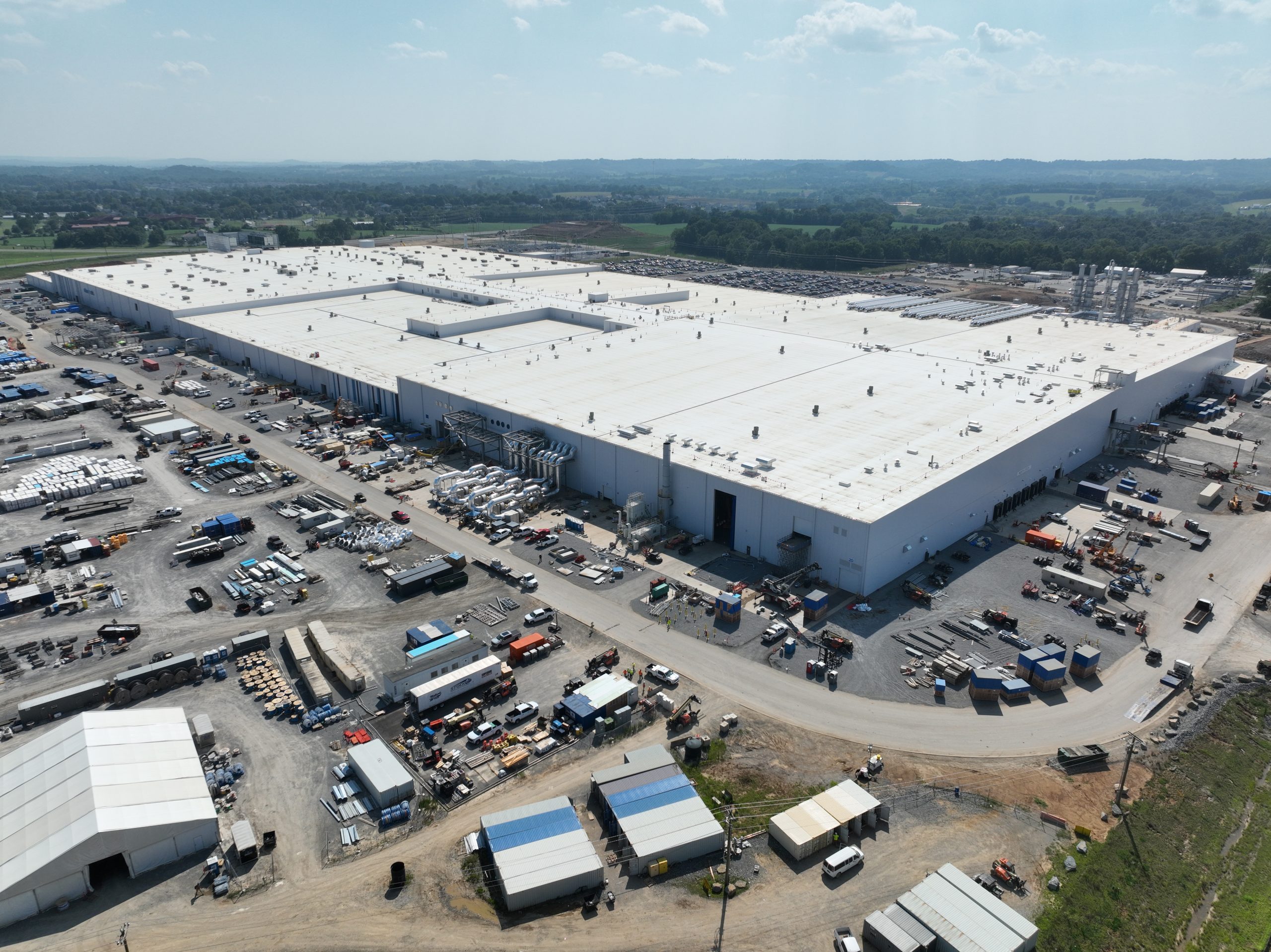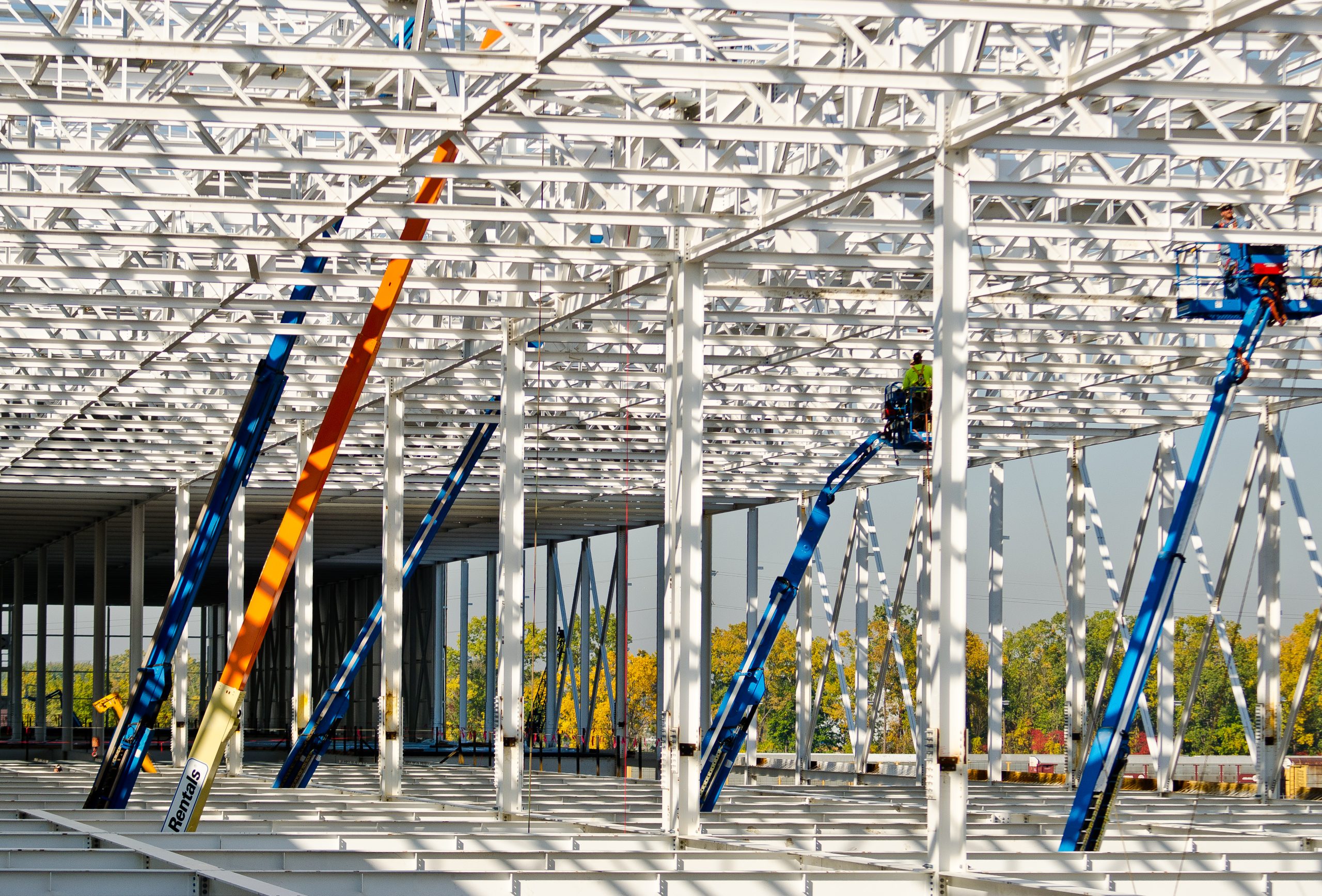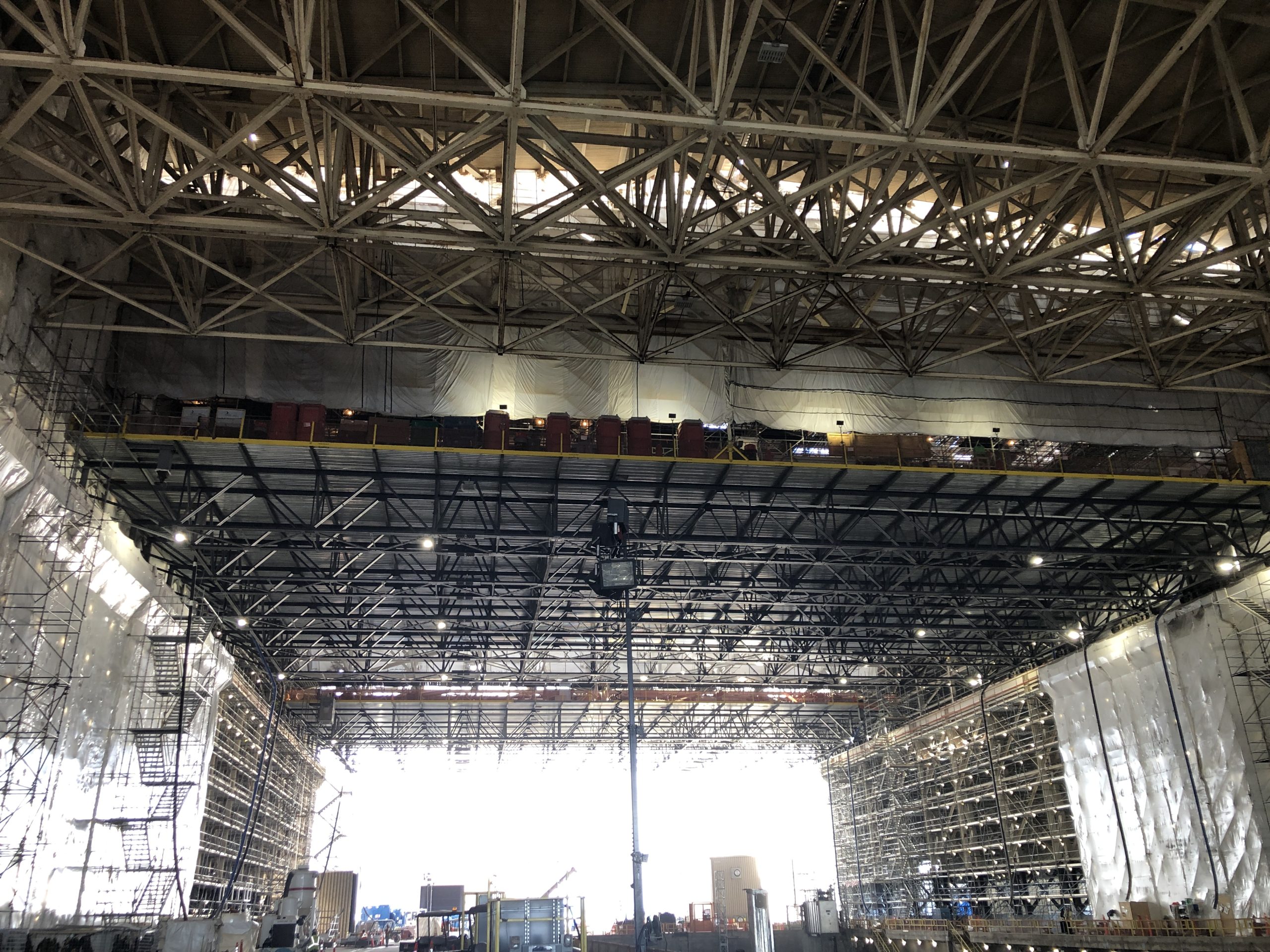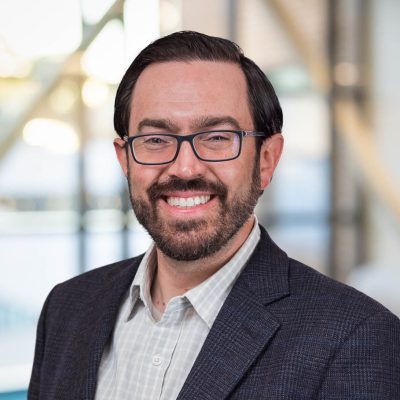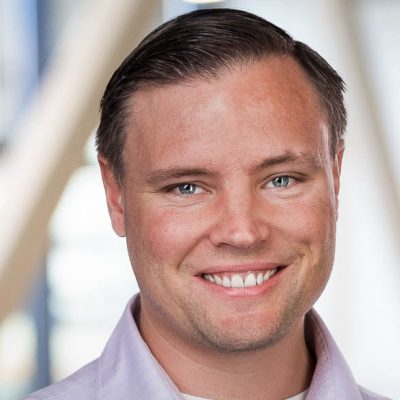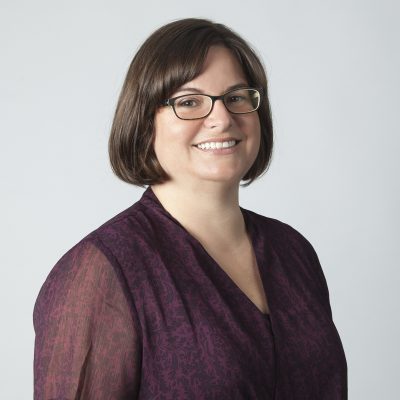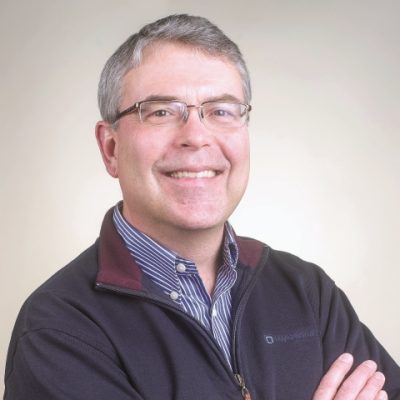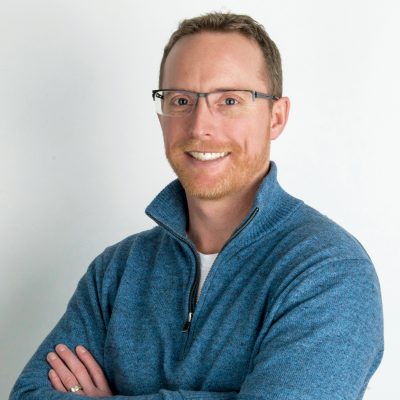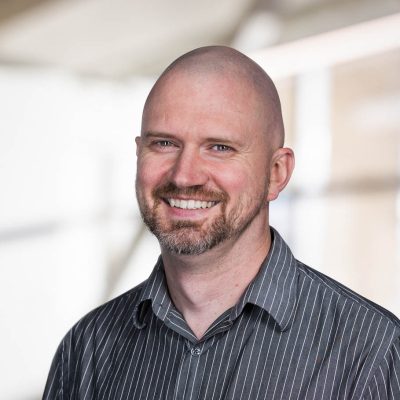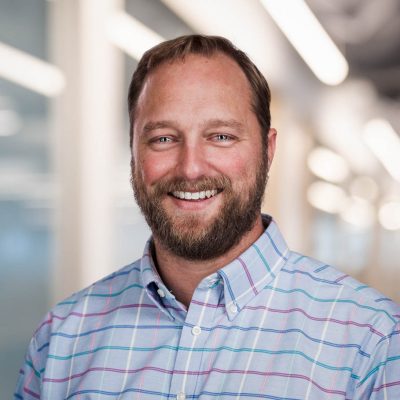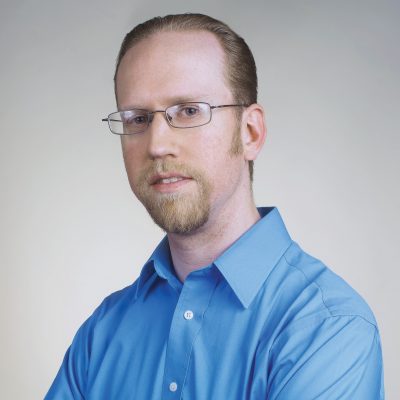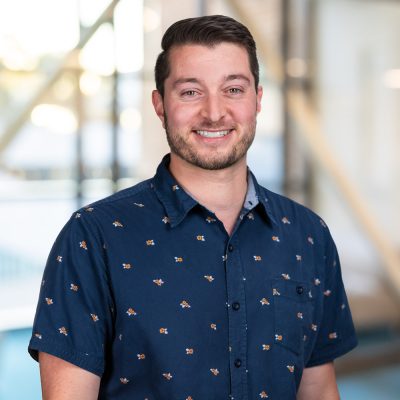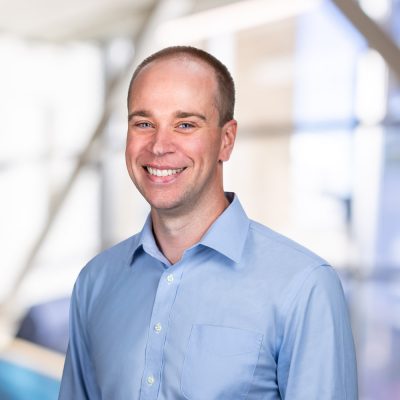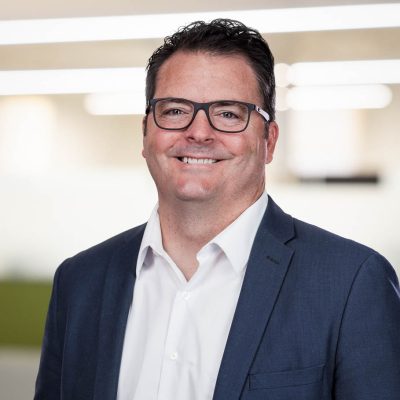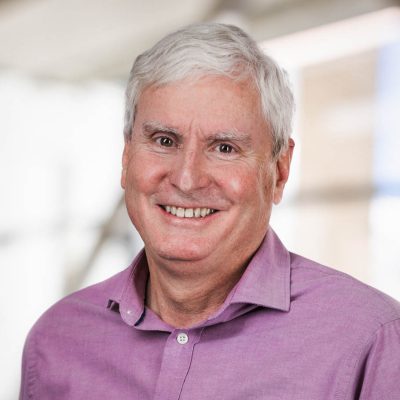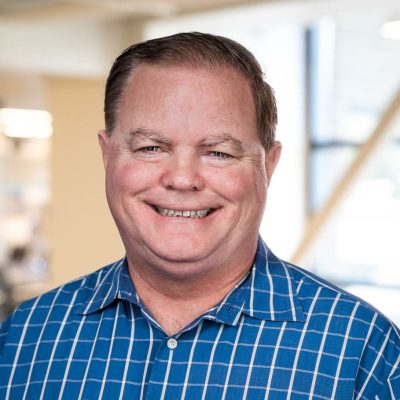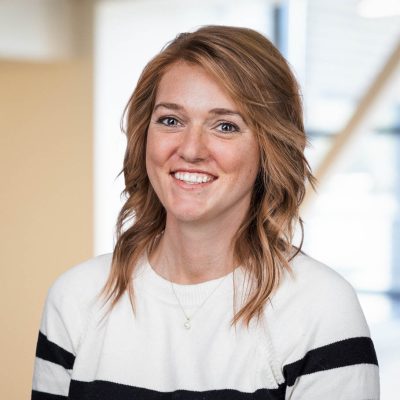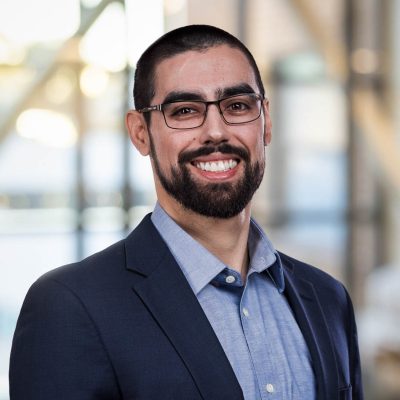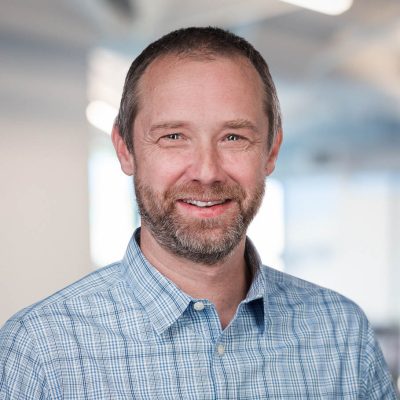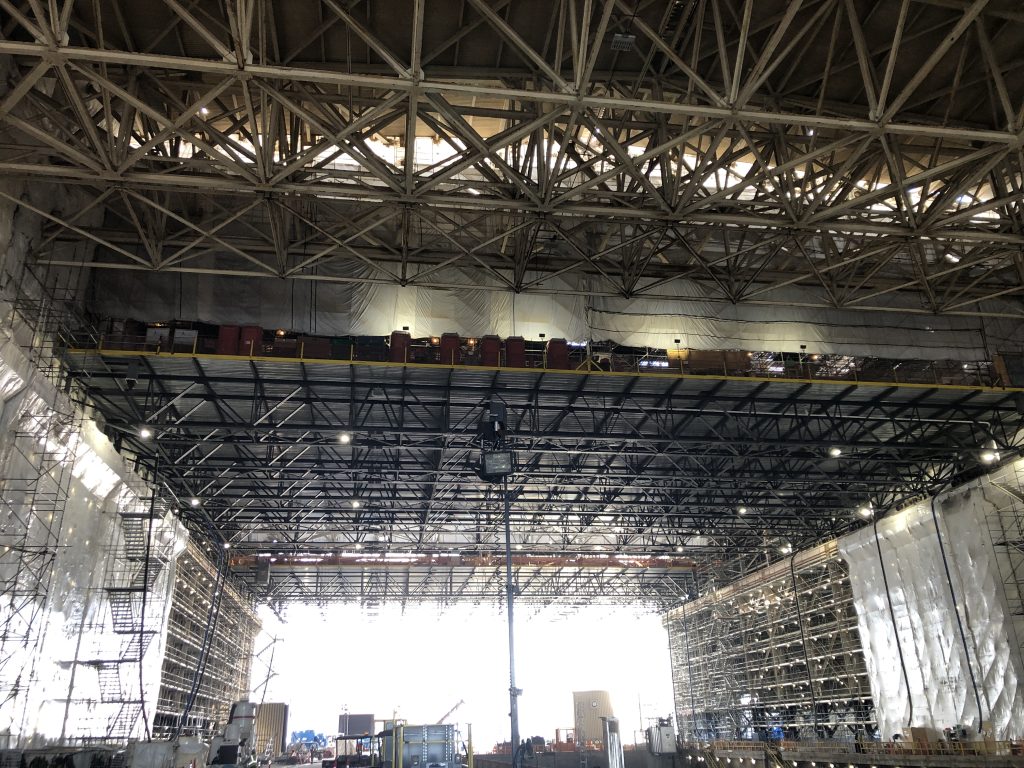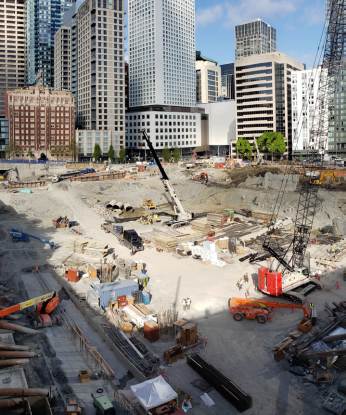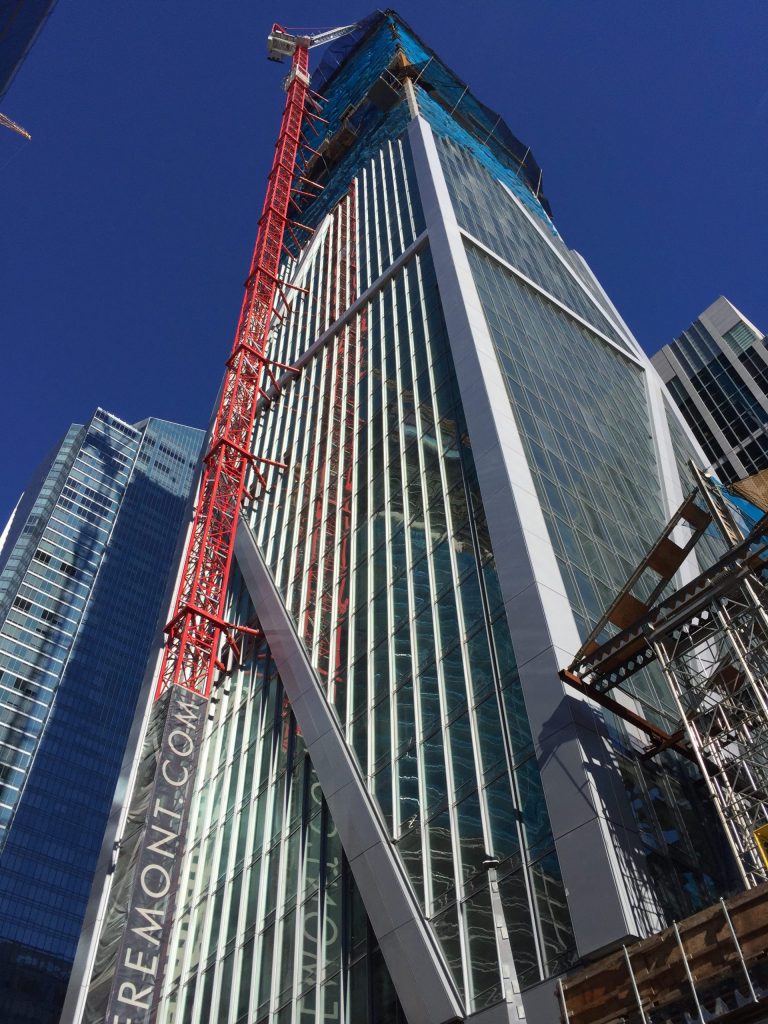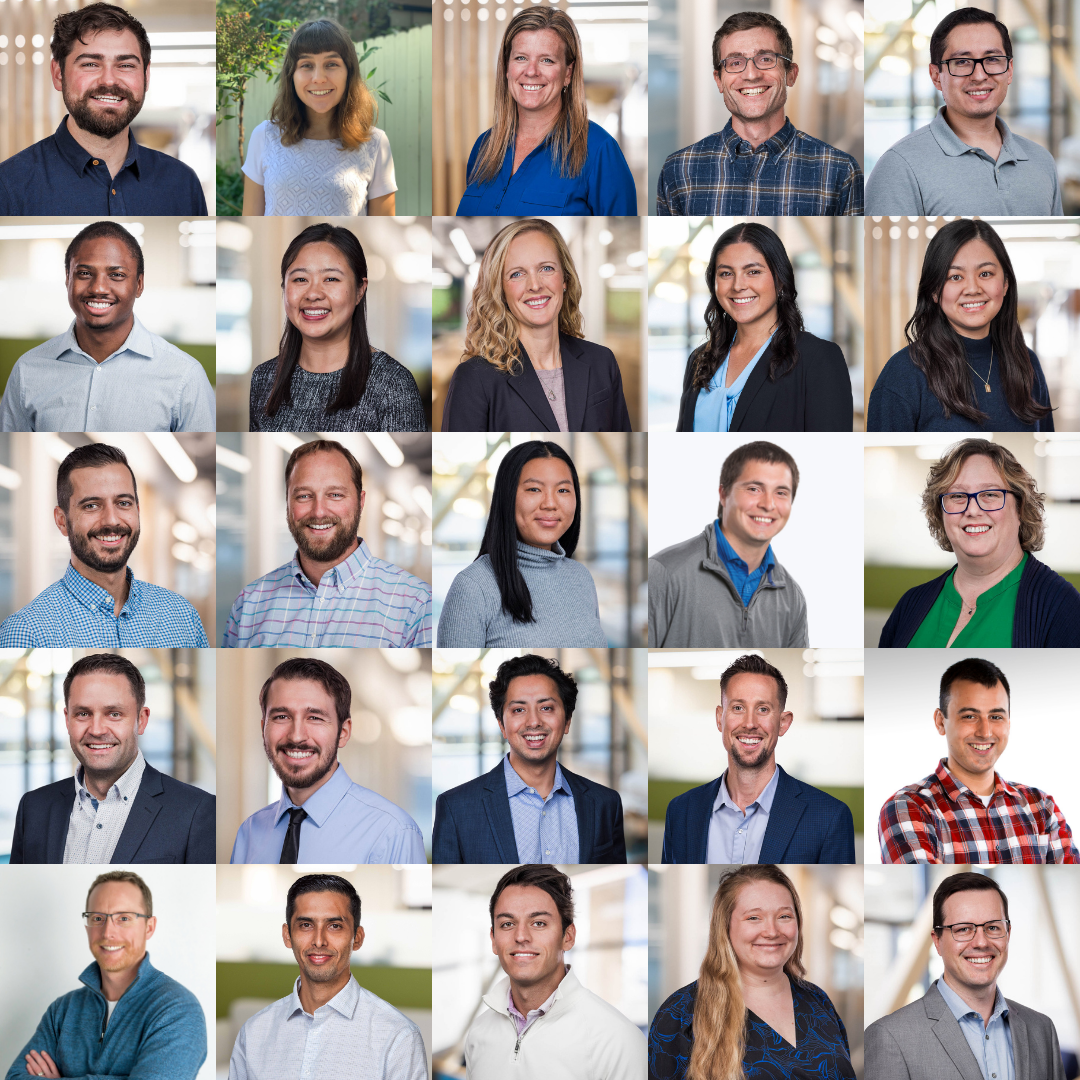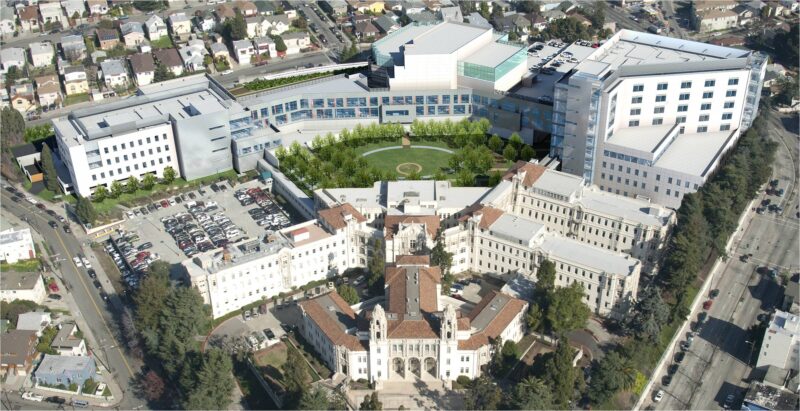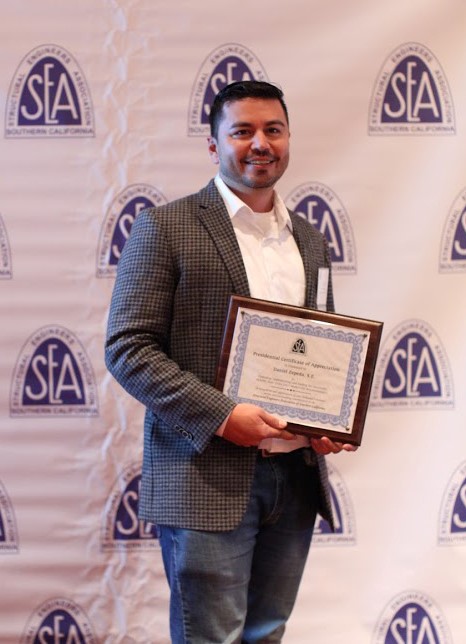Building Better with Smarter Construction Engineering Solutions
Helping builders succeed isn’t just about engineering—it’s about relationships, innovation, and expertise. Degenkolb’s Construction Engineering Practice Area is ready to help builders tackle the most complex and time-sensitive projects with confidence, creativity, and precision.
When builders push the boundaries of scale, complexity, and scheduling—we provide the critical engineering guidance they need. We offer practical, constructable, and innovative solutions to the most complex building challenges, ensuring safety, efficiency, and speed.
Contractors tackling high-risk, high-stakes projects need engineers that work for their deadlines, not against them. We know that time is money, and we deliver creative, reliable solutions without delays.
Connection/Delegated Design
Efficient and cost-effective connection designs.
Erection Engineering
Multi-crane lifts, temporary stability, and erection planning.
Excavation Shoring:
Solutions for congested urban sites, adjacent structures, and deep excavations.
General Construction Engineering
Tower crane foundations, building shoring, and temporary structures.
Heavy Lift Engineering
Gantry lifts, crane logistics, and specialty rigging.
Third-Party Review
Peer reviews, due diligence, and adjacent structure assessments.
